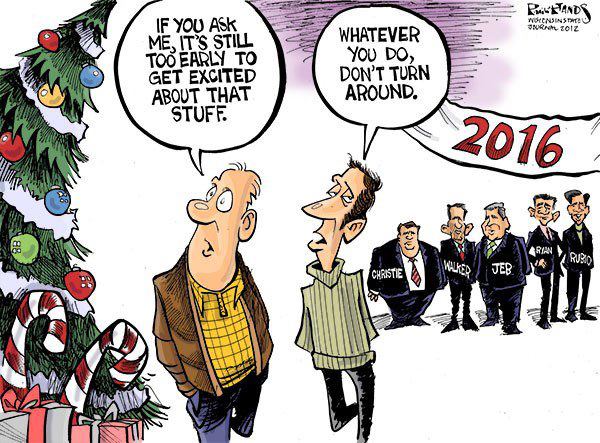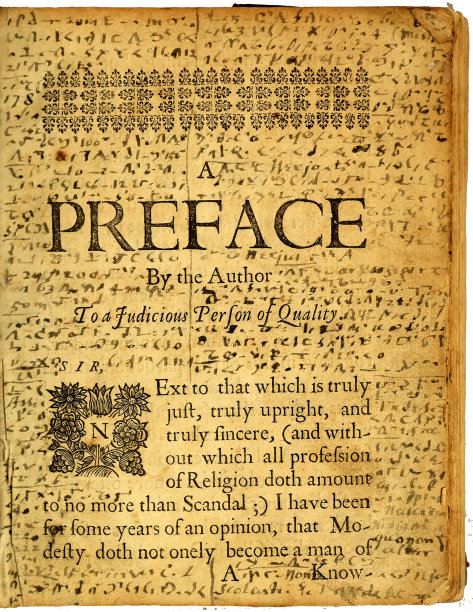Romney’s campaign manager explains why Mittens lost. Basically, life in America is too easy for black people.
Romney Won the Election, If You Don’t Count the 51% Who Voted For Obama
Mitt Romney’s chief strategist for the presidential campaign, Stuart Stevens, penned a little piece for the Washington Post yesterday that was overlooked, and quite extraoardinary.
In it you find all the loathing for middle class Americans that oozed from Romney during, and after,
the campaign. It’s a hell of a read. Each sentence drips with the
bitter. Clearly this is a campaign utterly full of itself. A campaign
grounded in the divine right of kings. Just check out the first
sentence:
Over the years, one of the more troubling characteristics
of the Democratic Party and the left in general has been a shortage of
loyalty and an abundance of self-loathing.
Loyalty to whom? And self-loathing of what? In the repugican cabal, however, all you find is loathing… for gays, blacks, Latinos, immigrants, women, science, and the entire American system of government.
I appreciate that Mitt Romney was never a favorite of D.C.’s green-room crowd or, frankly, of many politicians.
Uh, Romney was never a favorite of anyone. Romney’s loss wasn’t just
about the supposed “Village” attitude inside the beltway. His own party
didn’t like him. And newsflash, neither did the American people or
he’d have won.
That’s why, a year ago, so few of those people thought that he would win the repugican nomination.
Yeah, Beating Michele Bachmann, Rick Santorum, and the Pizza Guy Was Quite an Accomplishment
Okay, I’m sorry, but it’s not that big of an accomplishment to best
Rick Santorum, Michele Bachmann, Newt Gingrich, that pizza guy, and Rick
Perry. Oh yeah, who can forget Ron Paul? The only normal candidate,
Jon Hunstman, dropped out.
But that was indicative not of any failing of Romney’s
but of how out of touch so many were in Washington and in the
professional political class.
No, of course not.
Nobody liked Romney except voters.
Clearly not enough of them.
This line is also quite telling:
He bested the competition in debates, and though he was
behind almost every candidate in the repugican primary at one time or the
other, he won the nomination and came very close to winning the
presidency.
So, basically, your beloved-by-the-people candidate was the least
favorite of all and only won after each front-runner before him
imploded.
He trounced Barack Obama in debate.
Yes, notice he used the
singular rather than the plural of “debate.”
Obama Only Won Because Poor People Like Him
But here’s my favorite part of the tale:
On Nov. 6, Romney carried the majority of every economic
group except those with less than $50,000 a year in household income.
That means he carried the majority of middle-class voters.
In other words, Obama only won because the stinkin’ poor voted for him. This, of course, is a lie.
Obama won a lot of groups that are hardly the poverty-class.
Gays, 75%. Youth, 60%. Women 55% (and mind you, Obama won women by a
larger margin (11 points) than he lost men (7)). Blacks (93%), Latinos
(71%), Asians. And it’s also interesting to note that those with a
post-grad degree voted for Obama, not Romney (you usually don’t think of
lawyers, doctors, and PhDs are the welfare class).
But back to that $50,000 a year line for a moment.
First off, $50,000 a year definitely counts as middle class in parts
of this country, depending on how many kids you have, whether you’re
married, and where you live.
Second, “less than $50k/year” voters only make up 41% of the
electorate. Obama won nearly 50.9%. That’s a good ten points more than
simply the “let them eat cake” class.
Obama Won the Wrong 51%
And finally, so what? What’s Stevens’ point?
That Obama won over the “wrong” 51% of the country? That the majority that voted for Obama is somehow less legitimate, less American, than the 47.4% that voted for Romney?
Are you getting a better feel for why Romney lost, and for where that horrid 47% diatribe came from?
While John McCain lost white voters younger than 30 by 10 points, Romney won those voters by seven points
Mighty white of him. But what exactly is Stevens’ point? That Romney was more deserving because “whites” liked him?
In the debates and in sweeping rallies across the country, Romney captured the imagination of millions of Americans.
No, he really didn’t. Even repugicans didn’t like Romney.
And here comes the real whopper:
There was a time not so long ago when the problems of the
Democratic Party revolved around being too liberal and too dependent on
minorities. Obama turned those problems into advantages and rode that
strategy to victory.
This is Romney’s 47% diatribe again. If Romney had only been a
minority, the election would have been so much easier. And yes, Obama
turned the fact that minorities now make up a sizable percentage of
America to his advantage, and the fact that repugicans tend to hate
minorities to their disadvantage. Why does Stevens think that this is
an indictment of Obama, rather than an indictment of Romney?
Life in America is Simply Too Easy For Black People
Oh, and Obama was black, and the media doesn’t like criticizing black people.
But he was a charismatic African American president with
a billion dollars, no primary and media that often felt morally
conflicted about being critical. How easy is that to replicate?
Yes. America is simply too kind to black people. Oh, and while Obama raised $1.06 billion, Romney raised $954 million, – in other words, Romney raised a billion as well – so that “African American president with a billion dollars line” is BS.
Yes, the repugican cabal has problems, but as we go
forward, let’s remember that any party that captures the majority of the
middle class must be doing something right.
Why? Even if this is true, and it’s not clear it is, is the middle
some Holy Grail of America, or the only “real” America, as Sarah Palin
likes to say? If Mitt Romney can’t even win 50% of the vote then no,
he’s not “doing something right.” And if he can’t win it in this
economy, with more money than God, against a President who has his
flaws, then no, Mr. Romney wasn’t doing something right at all. A
candidate doing something right would have won.
When Mitt Romney stood on stage with President Obama… it
was about fundamental repugican fantasies vs. fundamental Democratic
ideas. It was about lower taxes or higher taxes, less government or more
government, more freedom or less freedom.
Yes, and Mitt Romney, at one time or another, has held each and every
one of those positions. And that, among other reasons, is why he lost.









 Dairy farmers protesting in Brussels sprayed thousands of litres of milk
on the European Parliament and its police cadre. Shown here, a small
thumbnail of a remarkable photo by John Thys for AFP/Getty Images. Click
through for the full image, on the Telegraph's site.
Dairy farmers protesting in Brussels sprayed thousands of litres of milk
on the European Parliament and its police cadre. Shown here, a small
thumbnail of a remarkable photo by John Thys for AFP/Getty Images. Click
through for the full image, on the Telegraph's site.














